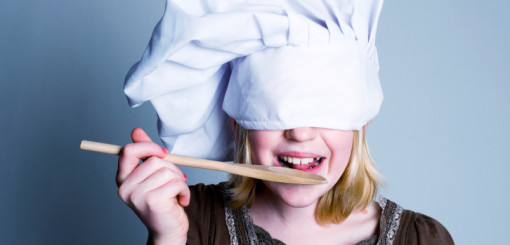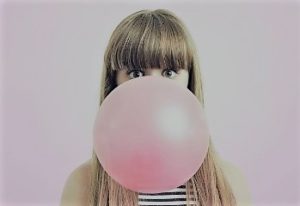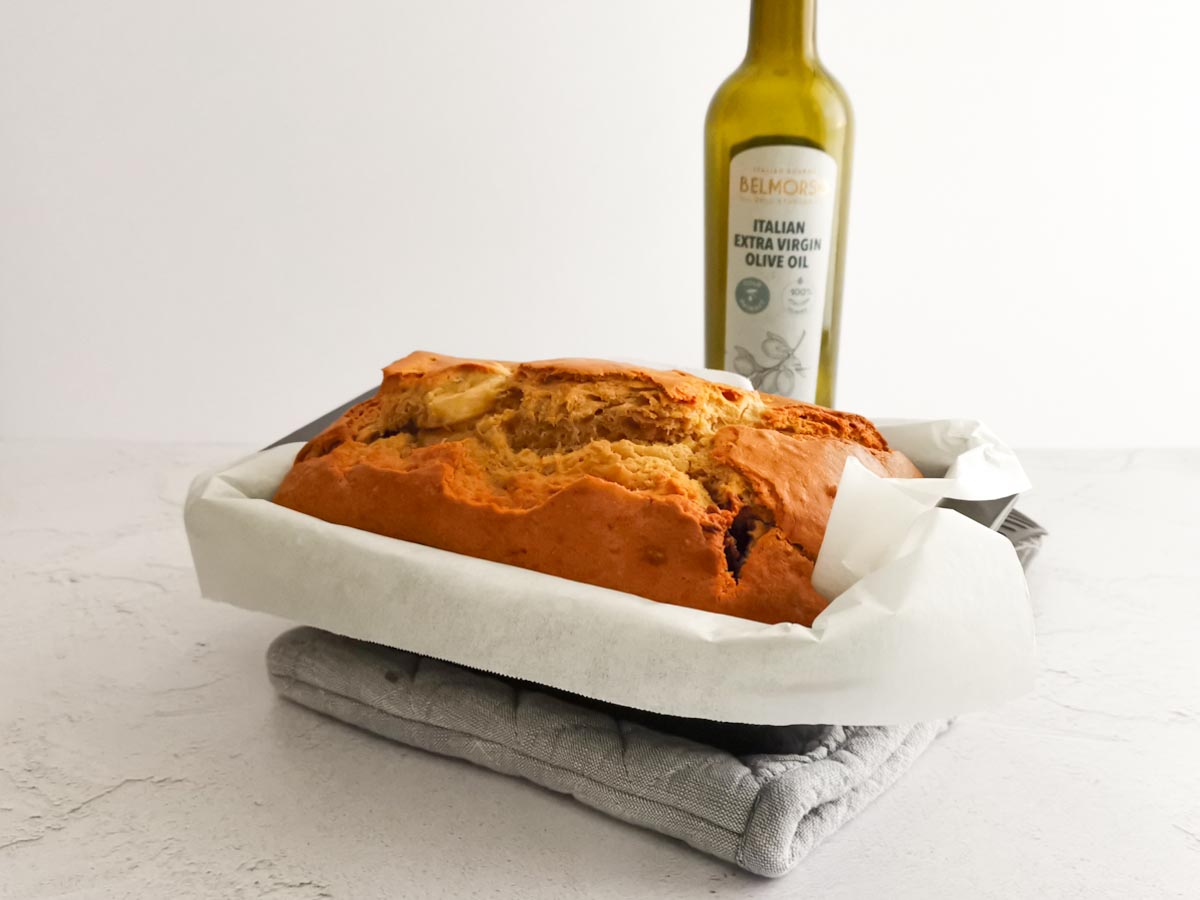
The Dinette Teller – 15. Cheating on the Sense of Taste
Did you know what type of experiments has been made to cheat our taste?
The followings are few experiments that have been used to investigate the sense of taste. This is now recognized as a complex and important neurological science. The results of some of these experiments can be quite funny.. you may want to choose one or two to try out with friends!
e first marketing experiment was made by a soft drinks company. They altered the green colour of the cans adding a touch of yellow to make the green looks brighter.
Then subjects were asked what they thought about the flavour of the drink in the new-style cans. They stated that there was more lime in the drinks with the new colour!
This was because the brain picks up cues from the way the product is presented, as well as the product itself, which trigger taste sensations. Before packaging, people observed the colour of the fruit to gauge the ripeness.
Another experiment focused on the problem of chewing gums. Everyone knows that after few minutes chewing a gum the minty flavour disappeared.
Instead, if you chew up until it becomes tasteless, and then you eat a little bit of sugar and continue chewing. Surprisingly, the menthol taste actually returns!
In fact, the sweetness makes you perceive the taste of menthol. The combinations of flavours can be significant because the brain needs one taste in order to recognise the other.
Another experiment demonstrates something we’ve all done. When you drink a cold fizzy drink and then leave it at room temperature. After a while, you take a sip and you may well decide that you don’t like it anymore.
The warm drink is too sweet to be refreshing. Of course, the sweetness doesn’t change, but our taste does. Actually, our perception depends on the temperature. The amount of sugar is less evident if the drink has been cooled.
Another interesting result from food experiments is one that focused on the sound. Like for example, when you are eating crisps. Subjects were put into soundproof rooms and given batches of crisps to eat. As they ate, the sound of crunching was played back to them.
The sound was alternate in a way that sometimes they could hear the crunching lower. Other times in a high-frequency or louder. Fascinatingly, if the sound level was louder or higher frequency, they reported that the crisps were actually fresher.
Of course, the crisps were always the same! But what they were hearing was influencing their perception.
There has been a number of experiments related to the sense of taste. Take, for instance, cheese sauce that is prepared in different ways, some thicker, some thinner but without any alteration. If the sauce is thicker, people will say that the flavour of the cheese is not so strong.
It´s obvious that the subject’s judgment was influenced by the texture of the cheese and not by the flavour. The results of this experiment have been of a huge importance for dietitians and market executives.
Nowadays, another interesting aspect is the capacity of the brain for bridging a sensory gap.
In this experiment, the subjects were asked to stick out their tongues. The tester put onto their tounges two different liquids simultaneously. One liquid was strawberry flavoured and the other one sugar flavoured. Ones the testers took away the liquids, the taste of sweetness disappeared and the subjects reported they could still taste the strawberry even after it was taken away! So that taste gap was filled.
It is incredible how colour, flavours, temperature, touch and sound are so much influenced by each other. It seems like they are all working together!


















